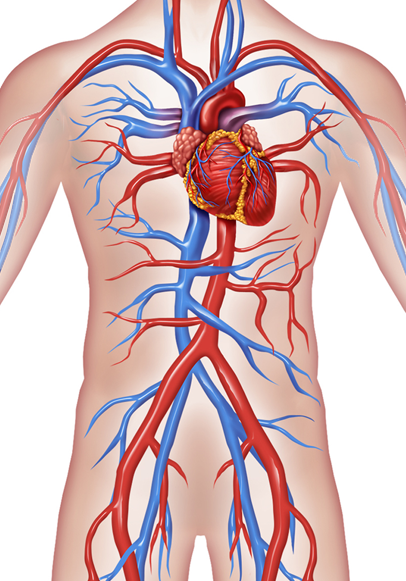Inferior Vena Cava
DEVELOPMENT
The development of inferior vena cava in embryonic stage is a complicated process. During this process a number of veins anastomose, regress and join to form a final, definitive structure. The final vena cava is made of (from caudal to cranial end):
-
The posterior inter-cardinal anastomosis.
-
The right superior cardinal vein (caudal part)
-
The right anastomosis that is formed between subcardinal and supracardinal veins.
-
A portion of right subclavian vein.
-
An anastomosis that connects right vitelline vein with right subcardinal vein.
-
A portion of right vitelline vein (terminal part)
As mentioned earlier, inferior vena cava carries the deoxygenated blood from the lower extremities of the body to the heart (right atrium). During embryonic life, this connection between inferior vena cava and right atrium is guarded by Eustachian valve. However, as the development proceeds this valve starts to involute (disappear). In an adult, this valve is totally absent or is present in the form of a small endocardial fold.
STRUCTURE AND POSITION
Inferior vena cava is formed by the combination of two major veins coming back from the legs, known as Common iliac veins. These veins carry blood from both of the legs. In addition, inferior vena cava receives various tributaries which carry blood from reproductive organs, kidneys, liver, walls of abdomen and the muscles of the loins. Inferior vena cava lies posterior to the peritoneum (abdominal membrane), so it is retroperitoneal organ. It ascends along the right side of the vertebral column (backbone) and pierces the diaphragm and opens into the right atrium of the heart ( a chamber of the Heart which lies below and at backside of the Heart). Inferior vena cava is valveless vein and is less flexible than the major arteries.
FUNCTION
Inferior Vena Cava receives deoxygenated blood from the lower half of the body and sends it into the Right Atrium. This deoxygenated blood is pumped into the Lungs by Pulmonary Circulation for Oxygenation to take place.
CLINICAL SIGNIFICANCE
- Inferior Vena Cava is associated mostly with compression. It can be compressed in abdominal cancers, during defecation by abnormal compression, in pregnant females by Uterus or enlarged Aorta. It results in fainting of the patient.
- Occlusion of Inferior Vena Cava can occur by Surgical Instruments, Deep Venous Thrombosis, Liver Transplantation etc. It is a medical emergency and life threatening condition.
- Trauma to Inferior Vena Cava is very dangerous and leads to death by rapid blood loss.
Report Error



